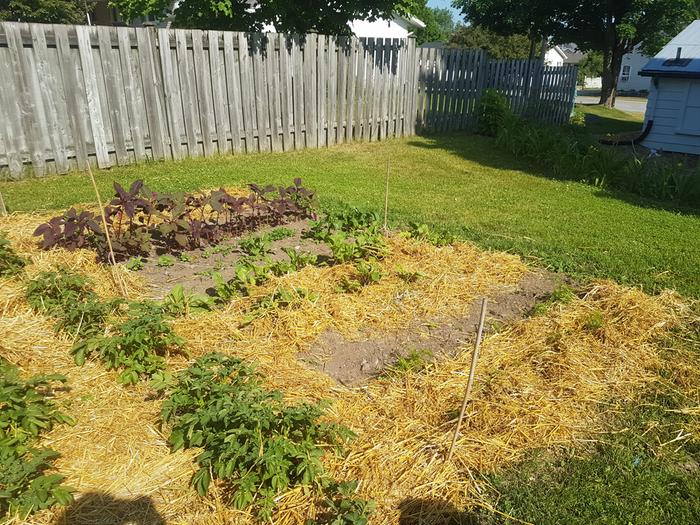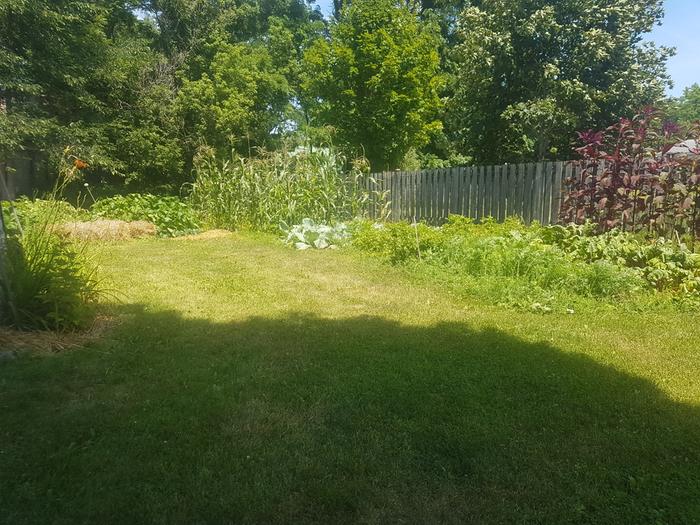

My PEP Badge Tracker: An easier way to track your PEP Badge Progress
will be released to subscribers in:
soon!



 5
5




 5
5
















 3
3




Catie George wrote:
My plan right now is to kill grass in a large sunny area with multiple layers of large pieces of wet cardboard, and poke holes for seedlings, and throw on whatever organic matter we can scrounge in lasagna layers. I plant to dig, turn, and rake out weeds/grass to start a bed for onions, carrots, and other fine-seed plants. Mom still has snow, and I am self isolating for a few more days before I head home, so it's not going to be dug for a week or two yet!
How do you start new gardens? What are your plans for new gardens this year?
A piece of land is worth as much as the person farming it.
-Le Livre du Colon, 1902








 2
2




Timothy Markus wrote:
If you're not in London, chickens are the answer to starting new gardens. I've penned hens into temp runs where I wanted gardens and they kill the grass and weeds, dig up all the grubs, and fertilise too. I found that hens could prep about a square foot a day. Best and easiest garden prep ever. Once the garden's established, I let them in for the last hour or so before sunset and they'd eat the bugs for me too.
I lived in KW for years and spent the rest of my time around London. Where abouts are you? Don't worry if you don't want to say. I moved to Murray Corner NB last year. Love it here though the 'yotes come right up to my door.
 3
3




SKIP books, get 'em while they're hot!!! Skills to Inherit Property
See me in a movie building a massive wood staircase:Low Tech Lab Movie








 3
3












 6
6




 1
1





Check out ourwebsite of herbal goodness!








 4
4











 2
2




Jd
 2
2




A build too cool to miss:Mike's GreenhouseA great example:Joseph's Garden
All the soil info you'll ever need:
Redhawk's excellent soil-building series





 6
6




Cultivate abundance for people, plants and wildlife - Growing with Nature











 1
1




 2
2




Catie George wrote:For removing the sod - I've been using an edger and a digging fork. A digging fork is similar to a pitch fork, but instead of being used to toss things, it's used to lever things out of the ground. Also good for potatos, etc












Annie Collins wrote:
I saw the below video a couple of days ago. He shows a wonderful tool, and how to use it, to remove sod. If nothing else, the donkeys in it are worth the watch
 4
4












 4
4












Catie George wrote: I use a string line, because I can't sow a straight row (or cut sod in a straight line, but that's beside the point) to save my soul.





















 1
1


















 1
1
















 1
1






|
"Ace of Hearts" sounds a little like "Ace o Farts" - says this tiny ad:
permaculture bootcamp - gardening gardeners; grow the food you eat and build your own home
https://permies.com/wiki/bootcamp
|







